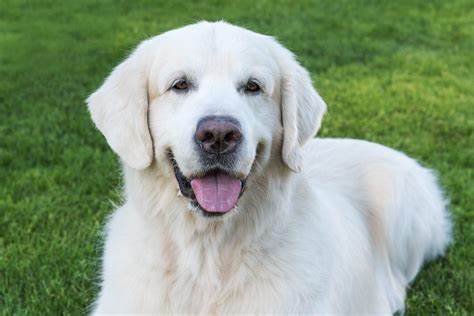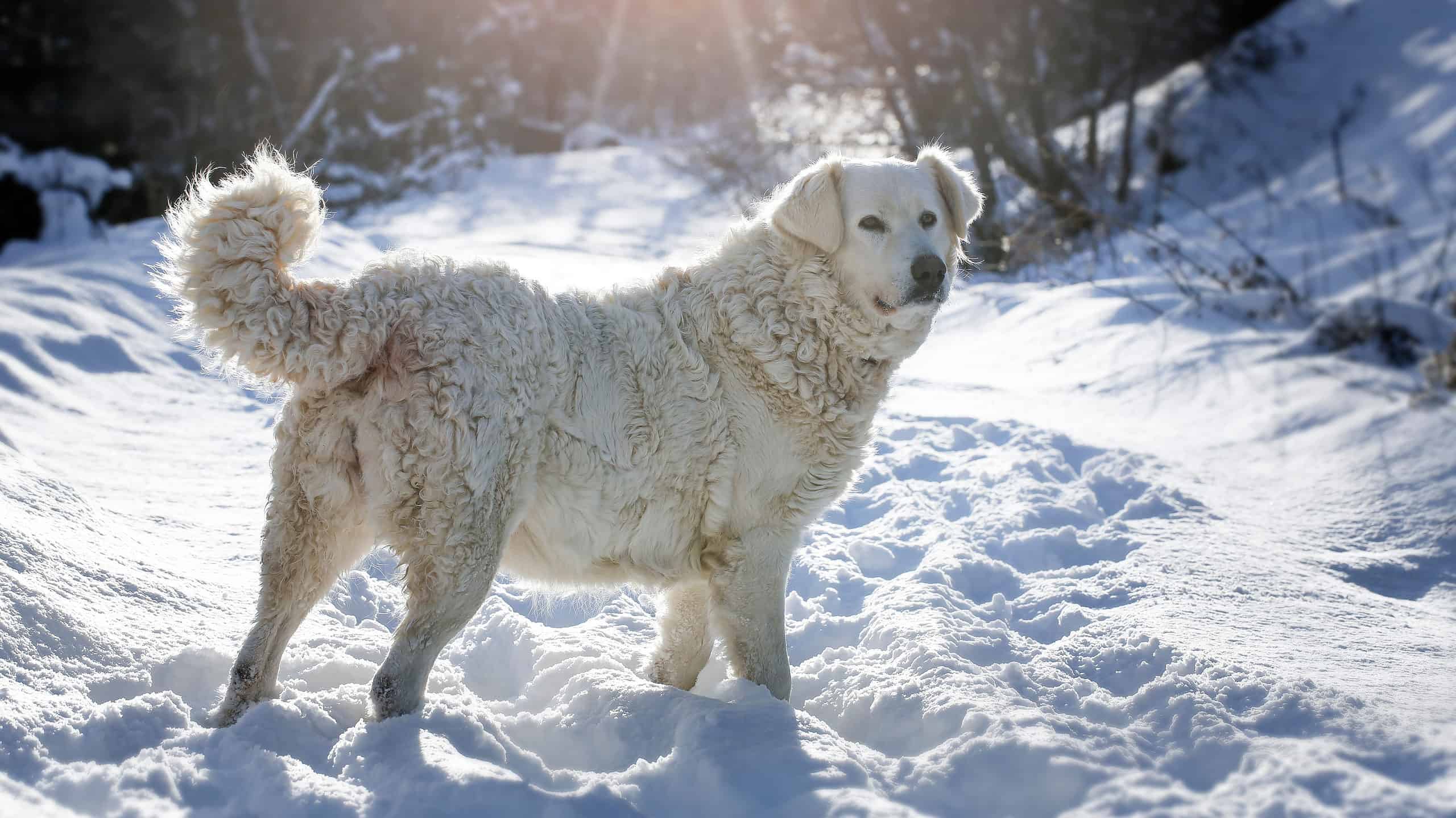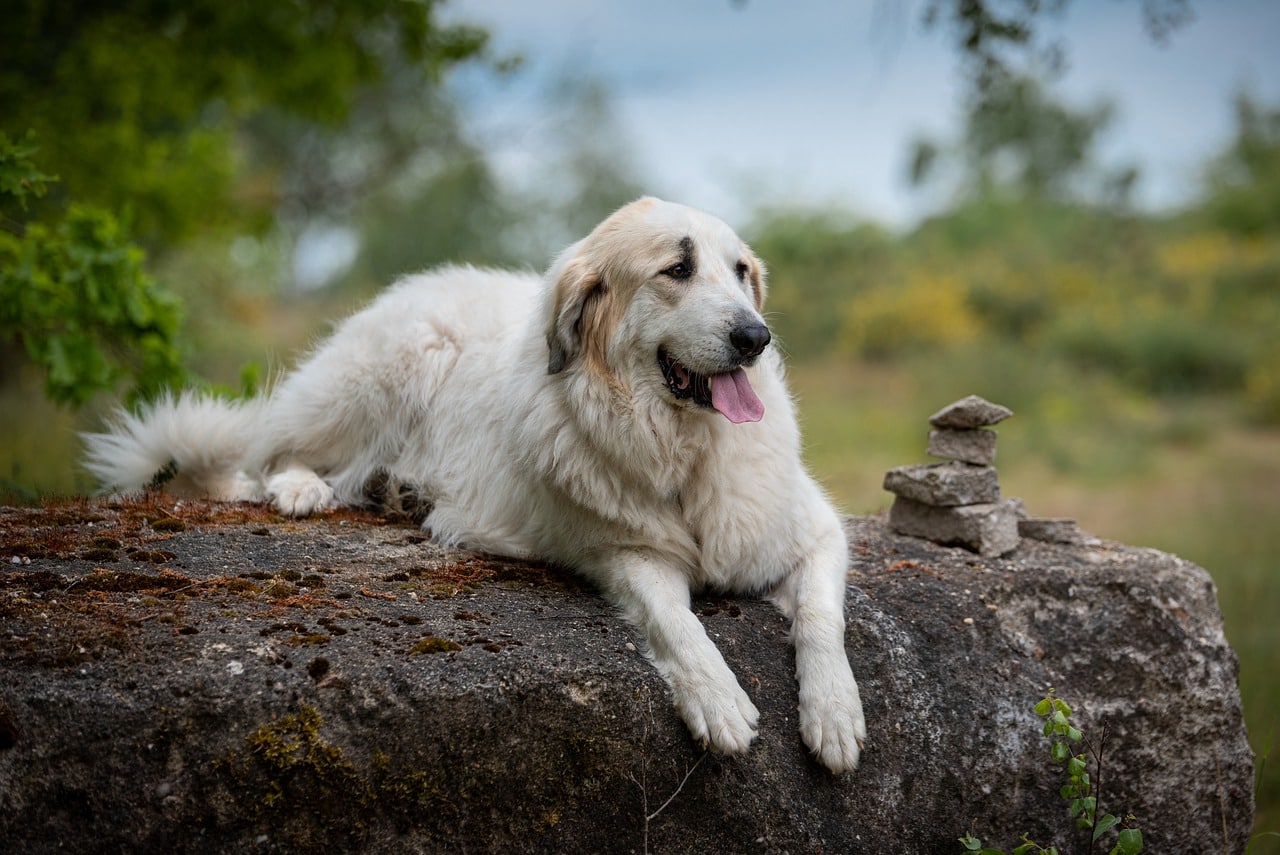Slovensky Cuvac: Brave and Loyal Mountain Guardian

History of the Slovensky Cuvac
The Slovensky Cuvac (pronounced "SLO-ven-skee CHOO-vahts") is a traditional livestock guardian dog from Slovakia, with roots dating back to ancient times. Developed in the Carpathian Mountains and the Tatra region, the breed was used by shepherds to protect flocks from predators such as wolves and bears.
Its white coat was a deliberate choice by shepherds, who preferred dogs easily distinguishable from wild animals at night. The breed was officially standardized in the mid-20th century by Slovak veterinarian Dr. Antonin Hruza, who helped preserve the Cuvac’s lineage after the mechanization of shepherding reduced their numbers.
Popularity of the Slovensky Cuvac
While relatively rare outside of Central Europe, the Slovensky Cuvac remains respected in its native Slovakia for its courage, loyalty, and protective instincts. Though not widely known in the United States or Western Europe, breed enthusiasts admire the Cuvac as a devoted companion and reliable guardian.
In rural and mountainous areas, it still serves as a working guardian dog, and it is slowly gaining attention as a family protector in more suburban settings.
Physical Traits of the Slovensky Cuvac
The Slovensky Cuvac is a large, imposing dog with a pure white coat and a noble, sturdy frame.
• Height: 24–28 inches (61–71 cm)
• Weight: 70–100 pounds (32–45 kg)
• Build: Strong, rectangular, and muscular
• Coat: Thick, dense, and slightly wavy double coat
• Color: Always pure white
• Head: Broad with a slightly domed skull and a strong muzzle
• Eyes: Oval, dark brown, and expressive
• Ears: Medium-length, set high, and hang close to the head
• Tail: Long, bushy, and carried low, rising slightly when alert
Their white coat and confident stance make them both striking and commanding in presence.
Behavioral Traits of the Slovensky Cuvac
The Slovensky Cuvac is courageous, deeply loyal, and naturally protective — traits essential for guarding flocks and property.
• Loyal: Strongly bonded to family; thrives on companionship and purpose.
• Protective: Natural guard dog instincts; alert and watchful.
• Brave: Fearless in the face of threats, including large predators.
• Calm: Gentle and composed when properly socialized and trained.
• Independent: Can be strong-willed but devoted with firm, respectful leadership.
This breed is affectionate with loved ones but always vigilant, making it an ideal guardian for both livestock and people.

Why Choose a Slovensky Cuvac?
The Slovensky Cuvac is ideal for:
• Rural homes or farms needing a guardian dog
• Families seeking a loyal, protective companion
• Owners experienced with large, independent breeds
• People who appreciate a majestic, low-maintenance white dog
However, it may not be ideal for:
• First-time dog owners unfamiliar with guardian breeds
• Apartment or urban living without access to secure outdoor space
• Households unprepared for consistent training and leadership
• Environments with frequent visitors or limited socialization
Caring for Your Slovensky Cuvac
The Slovensky Cuvac requires thoughtful management and regular, consistent care.
• Exercise: Moderate; long walks and outdoor time in secure areas are essential.
• Training: Early socialization and positive reinforcement are critical; requires firm, calm leadership.
• Grooming: Weekly brushing; heavier grooming during seasonal shedding.
• Living Environment: Best suited to homes with secure yards, farms, or rural properties.
• Feeding: High-quality diet appropriate for large, working breeds.
They need purpose, space, and human companionship to thrive.
Health Considerations
The Slovensky Cuvac is generally a healthy breed but may be prone to:
• Hip dysplasia
• Elbow dysplasia
• Bloat (gastric torsion)
• Joint issues due to large size
With proper care and health screenings, they typically live 11 to 13 years.

Comparisons to Similar Breeds
• Great Pyrenees: Larger and slightly more mellow; both are devoted and protective.
• Kuvasz: Very similar in temperament and appearance; Kuvasz is often more intense in protection.
• Maremma Sheepdog: Also white and guardian-bred; Maremmas tend to be more independent and aloof.
Is the Slovensky Cuvac Right for You?
If you want a noble, loyal, and protective dog that can guard your home or livestock while also being a loving family companion, the Slovensky Cuvac may be your perfect match. They require confident leadership, early training, and plenty of room to roam.
Prospective owners should understand guardian dog instincts and be prepared to maintain a consistent, calm presence in the dog’s life.
Getting a Slovensky Cuvac
Because of the breed’s rarity, finding a reputable breeder may involve contacting European kennel clubs or breed organizations. Health screening and early socialization are essential. Rescue networks and rural dog organizations may also have occasional placements.
United Pet Club offers resources for microchip registration, health tracking, and guardian breed support to assist Cuvac owners.
